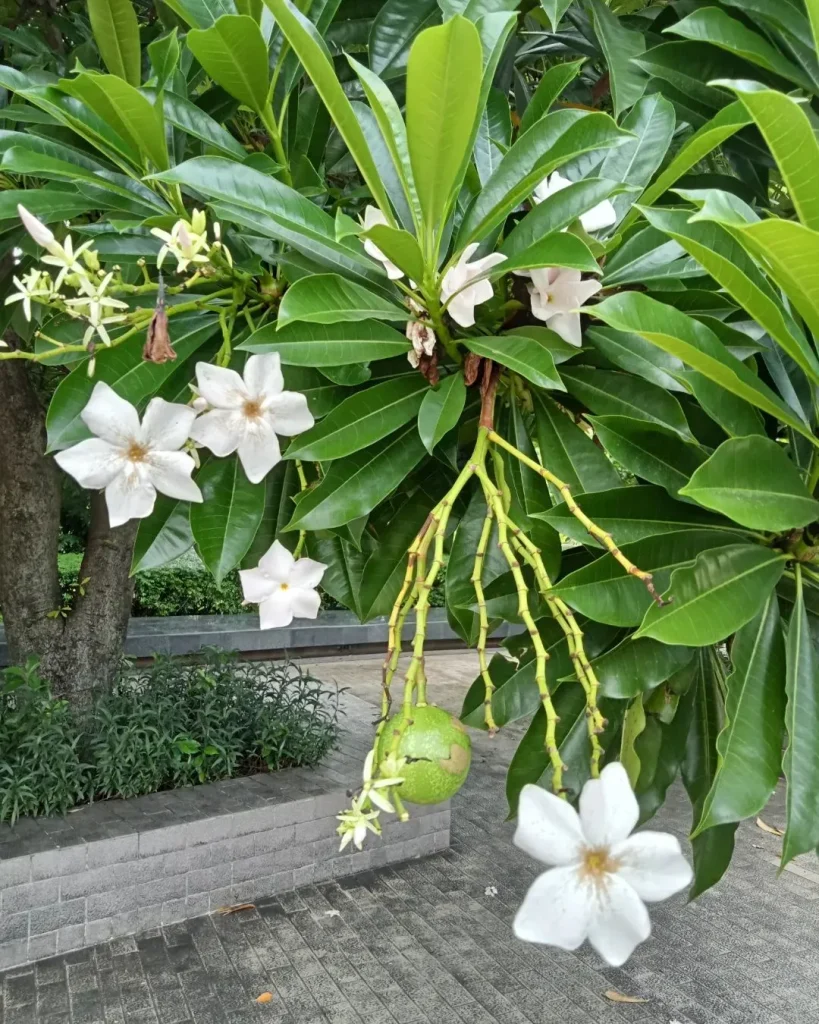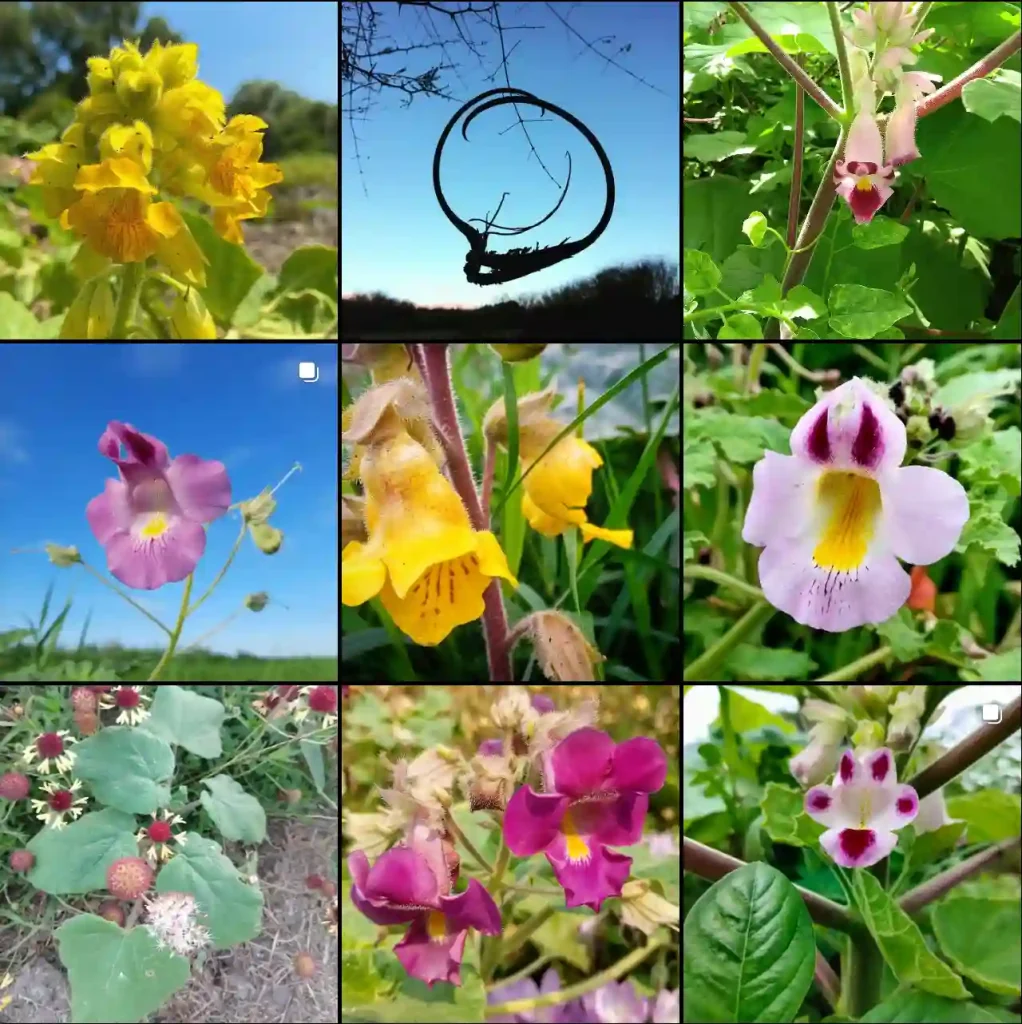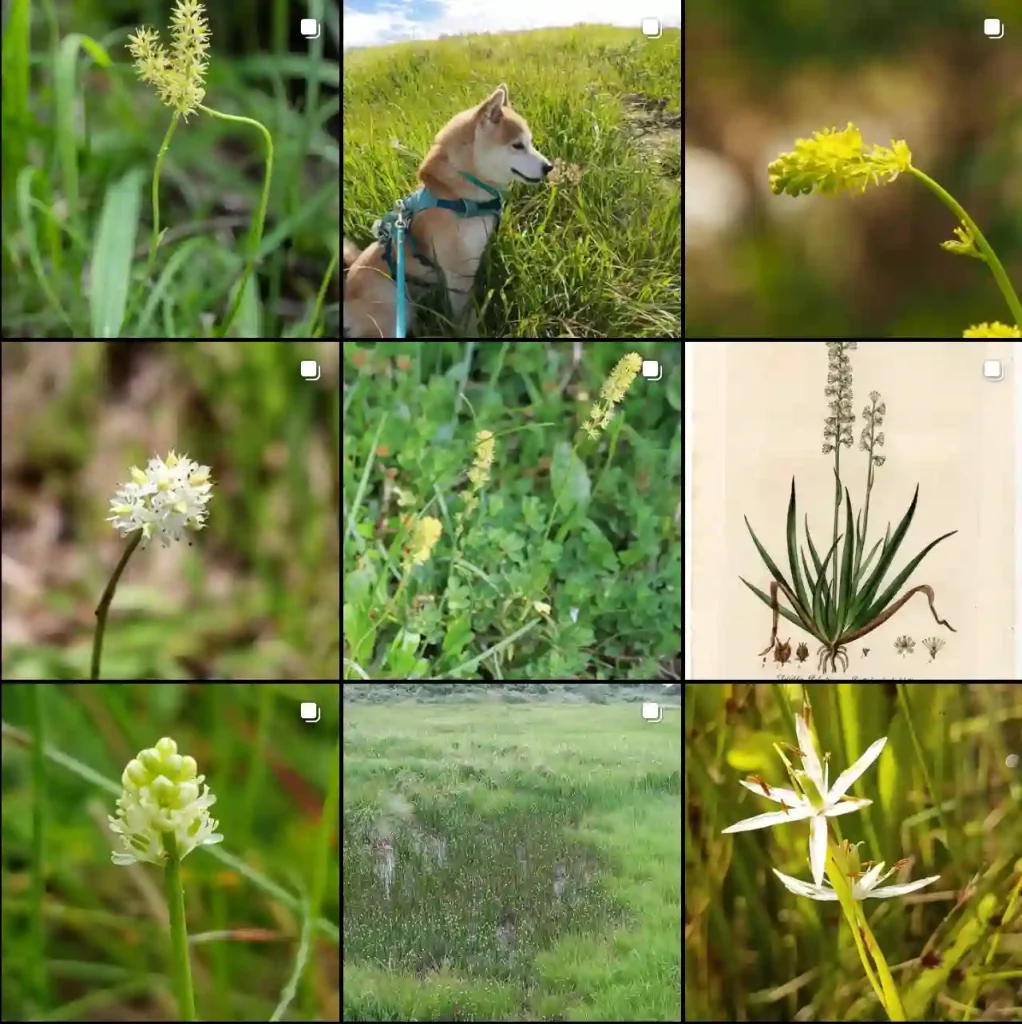Unraveling the Mystery of Bigfoot Cleyera
Greetings, fellow plant enthusiasts! Today, I’m thrilled to delve into the enigmatic world of Bigfoot Cleyera. As someone deeply passionate about horticulture, I’ve always been fascinated by the diversity of plant species that grace our planet. Join me on this journey as we explore the captivating characteristics and care tips for this unique plant.
24 Species in Genus Cleyera
What is Bigfoot Cleyera?
Before we dive into the specifics, let’s unravel the mystery surrounding Bigfoot Cleyera. This intriguing plant, scientifically known as Cleyera japonica ‘Conthery’, is a compact evergreen shrub native to East Asia. Its distinctive feature lies in its compact, dense foliage and graceful arching branches, making it a popular choice for landscaping projects and garden enthusiasts.
How fast does Bigfoot Cleyera grow?
One of the most common questions among gardeners considering Bigfoot Cleyera is its growth rate. This shrub is renowned for its moderate growth speed, typically reaching a height of 4 to 6 feet and a width of 3 to 4 feet over a span of five years. However, optimal growth conditions, including adequate sunlight, soil moisture, and nutrients, can significantly influence its growth rate.
Can Bigfoot Cleyera be pruned or limbed to tree?
Now, let’s address another pertinent query: pruning and limbing Bigfoot Cleyera. While this shrub naturally maintains a compact and bushy form, it can indeed be pruned to control its size and shape according to your preferences. Additionally, some gardeners opt to limb up the lower branches to create a tree-like appearance, adding a touch of elegance to their landscape. However, it’s essential to exercise caution and employ proper pruning techniques to avoid damaging the plant.
How to care for Bigfoot Cleyera?
Maintaining the health and vitality of Bigfoot Cleyera requires attention to its specific care needs. Here are some essential tips to ensure your shrub thrives:
- Sunlight: Bigfoot Cleyera flourishes in partial to full sunlight, preferably receiving at least four to six hours of direct sunlight daily.
- Soil: Ensure well-draining, acidic soil enriched with organic matter to promote healthy growth.
- Watering: Keep the soil consistently moist but not waterlogged, particularly during the plant’s establishment phase.
- Fertilization: Apply a balanced fertilizer during the growing season to provide essential nutrients for robust growth.
- Pruning: Regularly prune to maintain shape and size, removing dead or diseased branches as needed.
- Protection: Shield the plant from harsh winds and extreme temperatures, especially during winter.
How to propagate Bigfoot Cleyera?
If you’re eager to expand your collection of Bigfoot Cleyera or share its beauty with friends and family, propagation offers a rewarding opportunity. Here’s how to propagate this intriguing shrub:
- Softwood Cuttings: Take 4- to 6-inch softwood cuttings from healthy, vigorous stems in late spring or early summer. Remove the lower leaves and dip the cut ends in rooting hormone before planting in a well-draining rooting medium.
- Air Layering: Encourage root development by selecting a healthy stem and making a shallow incision. Apply rooting hormone to the wounded area, wrap it in moist sphagnum moss, and cover with plastic to create a conducive environment for root formation.
- Division: Divide mature plants during the dormant season, ensuring each division has sufficient roots and foliage to thrive independently.
What to plant with Bigfoot Cleyera?
Enhancing the visual appeal of your garden often involves thoughtful pairing of plants that complement each other. When selecting companions for Bigfoot Cleyera, consider plants that share similar cultural requirements and aesthetic qualities. Some suitable companions include:
- Azaleas: These vibrant flowering shrubs offer a stunning contrast to the lush green foliage of Bigfoot Cleyera, creating a visually striking landscape.
- Hostas: With their diverse foliage colors and textures, hostas serve as excellent ground covers or border plants alongside Bigfoot Cleyera.
- Ferns: Add a touch of elegance and texture with shade-loving ferns, which thrive in the same moist, acidic soil conditions preferred by Bigfoot Cleyera.
As we conclude our exploration of Bigfoot Cleyera, I hope you’ve gained valuable insights into this captivating plant species. Whether you’re a seasoned gardener or a novice enthusiast, cultivating Bigfoot Cleyera offers a rewarding experience, showcasing nature’s beauty in your own backyard. Happy gardening!
If i die, water my plants!



